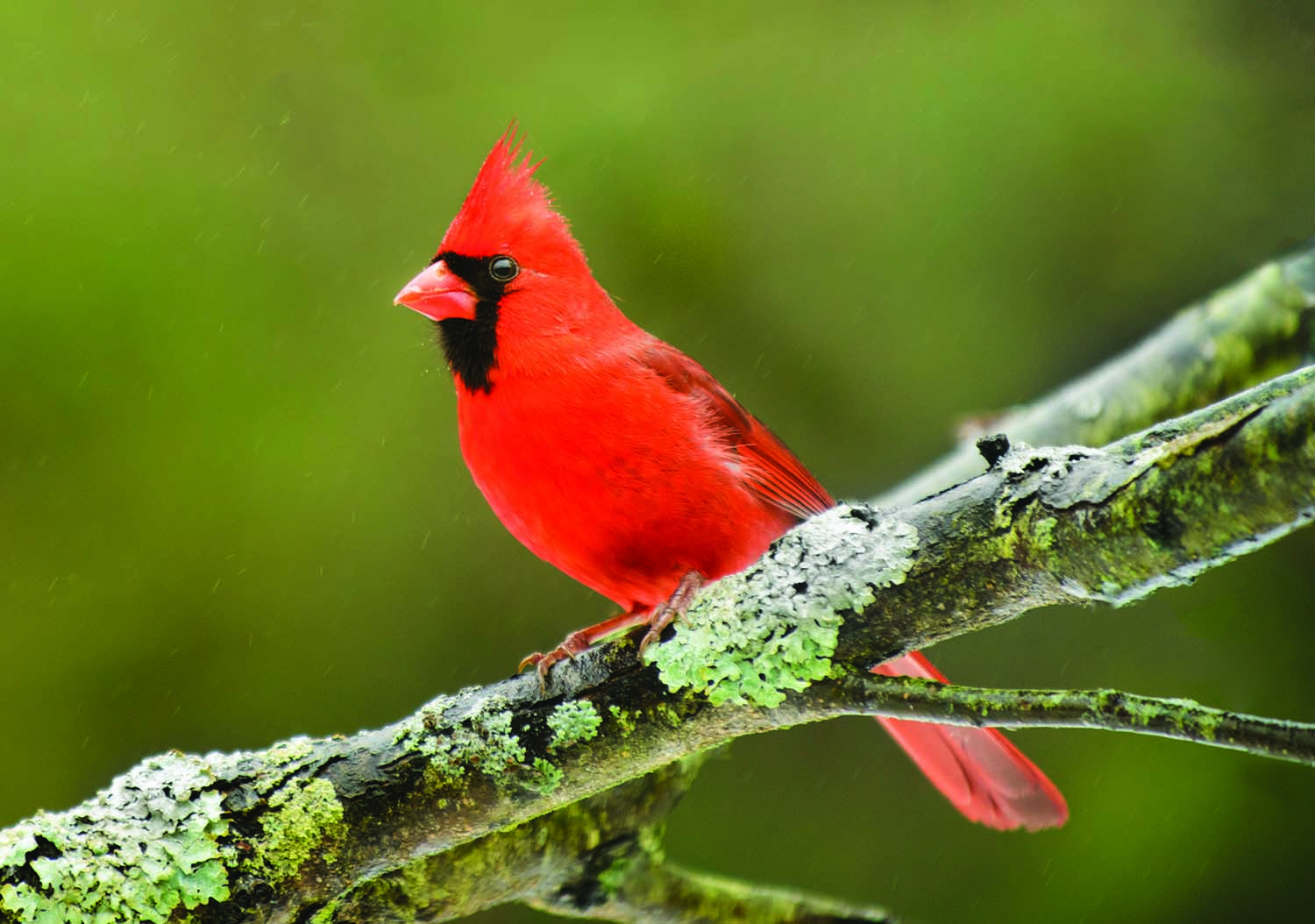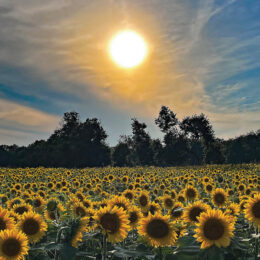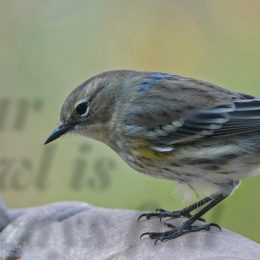
By Jack Spaulding
Once, on a late afternoon, I was sitting in my upstairs office writing my latest column of outdoors lore when suddenly, I was surprised to hear a tap, as if someone had gently rapped, upon my second story back door.
Since even our family and close friends use the front door, the knock got my immediate attention. I rose from my office chair and prepared to welcome whoever was game enough to go around the backside of our house and climb up the stairs to the second story deck to see me. As I approached the door, I heard another tap followed by a soft flutter.
I eased up to the door and looked out the window. Immediately, a male cardinal slammed into the glass, attacking the reflection it perceived as a rival suitor. This caused me to jump back.
Laughing at my initial cowardice, I pulled back the curtains and placed my face close to the window glass.
The cardinal’s next launch of aggression was greeted by my huge smiling, toothy face instead. My tactic was effective, as the cardinal returned nevermore.
I’ve always found the change in the behavior of male cardinals as spring progresses interesting.
In late winter, with a little snow on the ground, all the males are compadres, like the St. Louis Cardinals at spring training. In one instance a few years ago, I counted in my backyard an awesome 26 male cardinals — at the bird feeder, on the ground or perched in the nearby juniper bushes and small trees. It was an unbelievable sight! The birds were feasting on sunflower seeds, and enjoying each other’s company.
By the time April rolls around and continuing well into May, the kid gloves come off and male cardinals viciously challenge any other males brash enough to invade their territory. The battle for territory is usually over by the end of May, but there are exceptions.
Even longer ago when we lived in an old country house, we had a male cardinal wake us when it attacked its reflection in the living room window. Starting at first light, it continued throughout the day. And the bird’s behavior continued from early March until late July. We gave this cardinal the nefarious title of “The Crimson Crusader.”
‘til next time.
Writer’s Note: Last May, I wrote about the collective names attached to various clusters of critters. The Northern Cardinal was so named because the male’s rich red feathers reminded early Europeans to North America of the red vestments worn by Catholic cardinals in the church hierarchy. The bird’s crest is also reminiscent of religious headgear. Therefore, I guess it’s no surprise that a flock of cardinals you might see in winter at your bird feeder can be called, like gatherings of religious leaders, a “college,” “conclave” or “Vatican.”
JACK SPAULDING is a syndicated state outdoors writer and a member of RushShelby Energy. Readers can email him directly at jackspaulding@hughes.net.
Jack’s first book, “The Best of Spaulding Outdoors,” a compilation of his favorite articles over 30 years is now available as a Kindle download or as a 250-page paperback from Amazon.com.



